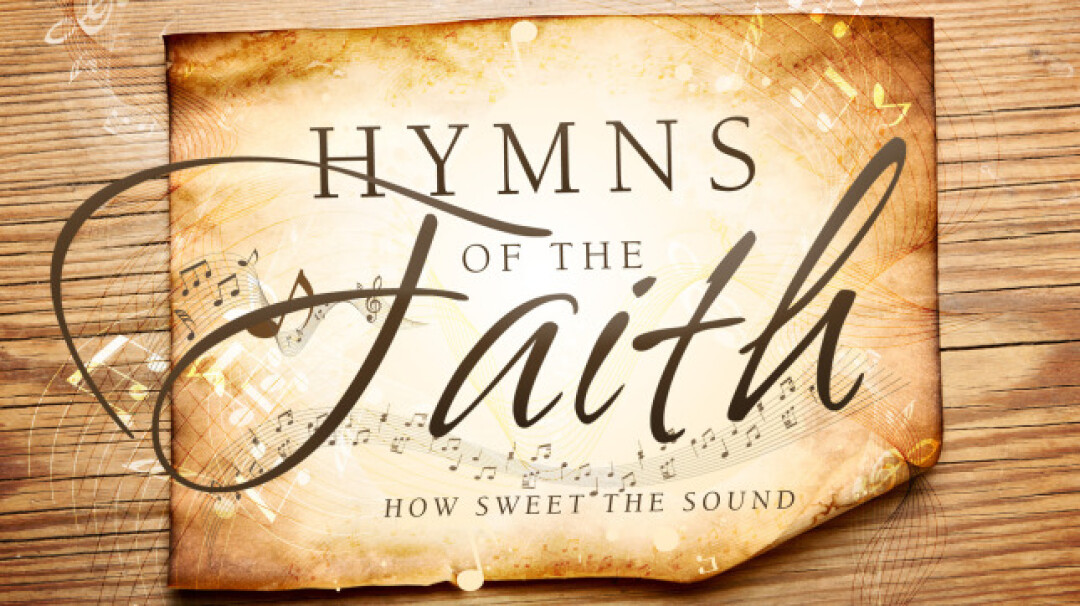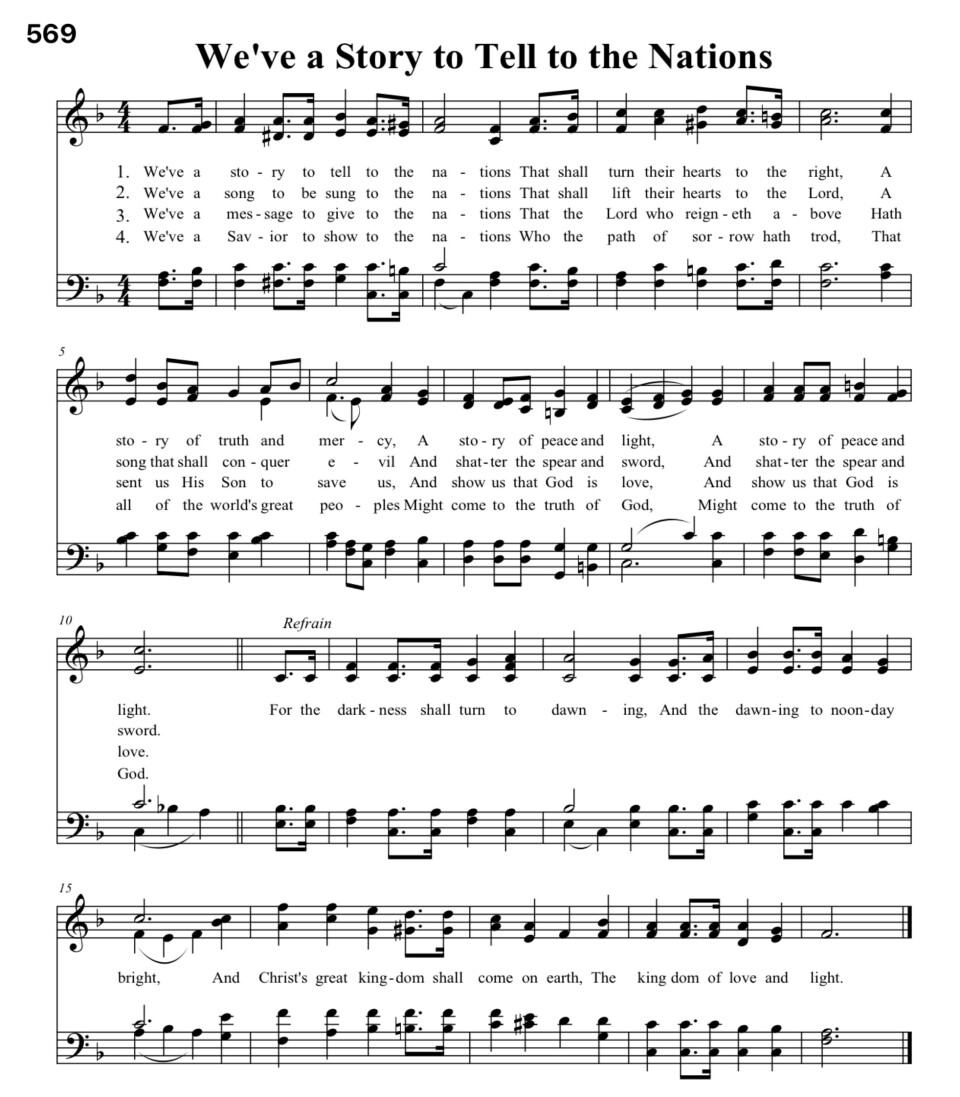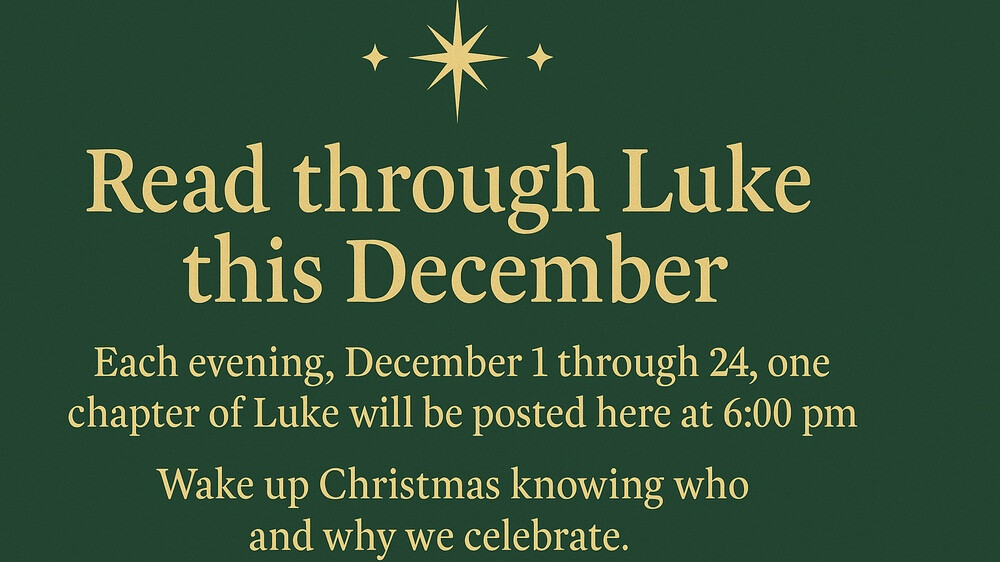

A Spirited Flag Processional at Pender UMC's Faith Promise Missions Conference!
On May 19, 2024, Pender’s congregation kicked off the day with an inspiring event at Pender UMC and online!
Our service began with an uplifting hymn, "We've a Story to Tell to the Nations," setting the stage for a vibrant flag processional in celebration of Pentecost and our Annual Faith Promise Missions Conference.
Event Highlights:
- Opening Hymn: Start with the powerful hymn, "We've a Story to Tell to the Nations," which calls us to spread hope and faith across the globe.
- Flag Processional: Experience the beauty and diversity of our community as we parade flags representing many nations, symbolizing our commitment to global missions and unity in the Spirit.
About the Day:
Pentecost is a time of renewal and rejoicing in the power of the Holy Spirit, and what better way to celebrate than by coming together for our Annual Faith Promise Missions Conference. This event not only honors the spirit of Pentecost but also emphasizes our ongoing commitment to mission work, showcasing the global reach of our faith community.
See the rest of this service below:
The Enduring Appeal of "We've a Story to Tell to the Nations"
“We’ve a Story to Tell to the Nations,” by Henry Ernest Nichol;
The United Methodist Hymnal, No. 569
We’ve a story to tell to the nations,
That shall turn their hearts to the right,
A story of truth and mercy,
A story of peace and light.
Refrain:
For the darkness shall turn to dawning,
And the dawning to noonday bright;
And Christ’s great kingdom shall come on earth,
The kingdom of love and light.
If you've ever attended Sunday school or vacation Bible school in the United States, you've likely encountered the hymn "We've a Story to Tell to the Nations." This influential gospel hymn has resonated through American churches and schools since its creation in 1896 by Henry Ernest Nichol, a British civil engineer turned musician.
A Musical Legacy Born from a Pseudonym
Nichol, who often used the pseudonym Colin Sterne—an anagram of his middle and last names—crafted approximately 130 hymns during his lifetime, primarily aimed at children. Despite most of his works being confined to Sunday school songbooks and seldom making it into broader hymnals, "We've a Story to Tell to the Nations" broke through this pattern. Since its first publication in The Sunday School Hymnary in London, this hymn has found its way into over 250 songbooks and hymnals worldwide.
A Hymn of Missions
The hymn reflects the fervent and expansive spirit of Christian missions characteristic of its time. According to Carlton R. Young in the Companion to the United Methodist Hymnal, such hymns were written to "express the determined, dynamic, energetic, and expansive attributes of Christian missions." This perspective often portrayed Western Christianity as superior to other global belief systems—a view that has evolved in modern times toward more equitable mission partnerships.
Why Does This Hymn Resonate?
So, what has made this particular hymn endure through the decades? The hymn's structure, with stanzas delineating "us" from "them," reflects a common viewpoint of its era. Yet, it is the third stanza's message of unity through Jesus Christ that has helped maintain its relevance in contemporary worship settings.
Nichol's composition for the hymn, titled MESSAGE, is march-like and vigorous, mirroring the active spread of the gospel. This musical style is akin to other popular hymns of the period like Arthur Sullivan’s "Onward, Christian Soldiers" and James Walch’s "O Zion, Haste," which also feature in The United Methodist Hymnal.
A Call to Action
Rinda Coleman, writing in the Chalice Hymnal Worship Leader’s Companion, notes that the hymn's style was designed to sustain enthusiasm for missionary work, encouraging congregants to contribute their energy and resources. She recommends using "We’ve a Story to Tell to the Nations" as a closing hymn, serving as a reminder for worshipers to carry the missionary spirit into their daily lives.
Conclusion
As we continue to sing "We've a Story to Tell to the Nations," it's important to reflect on its origins, the changes in mission philosophy over the years, and how music can bridge diverse cultures and histories. Whether as a piece of historical interest or as a living part of worship, this hymn continues to inspire and challenge believers to spread peace and unity across the globe.
Let us know how this hymn has touched your life or influenced your community in the comments below. How do you think its message holds up in today's globalized context?
Adapted from https://www.umcdiscipleship.org/resources/history-of-hymns-weve-a-story-to-tell-to-the-nations


